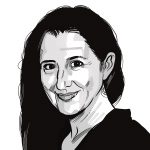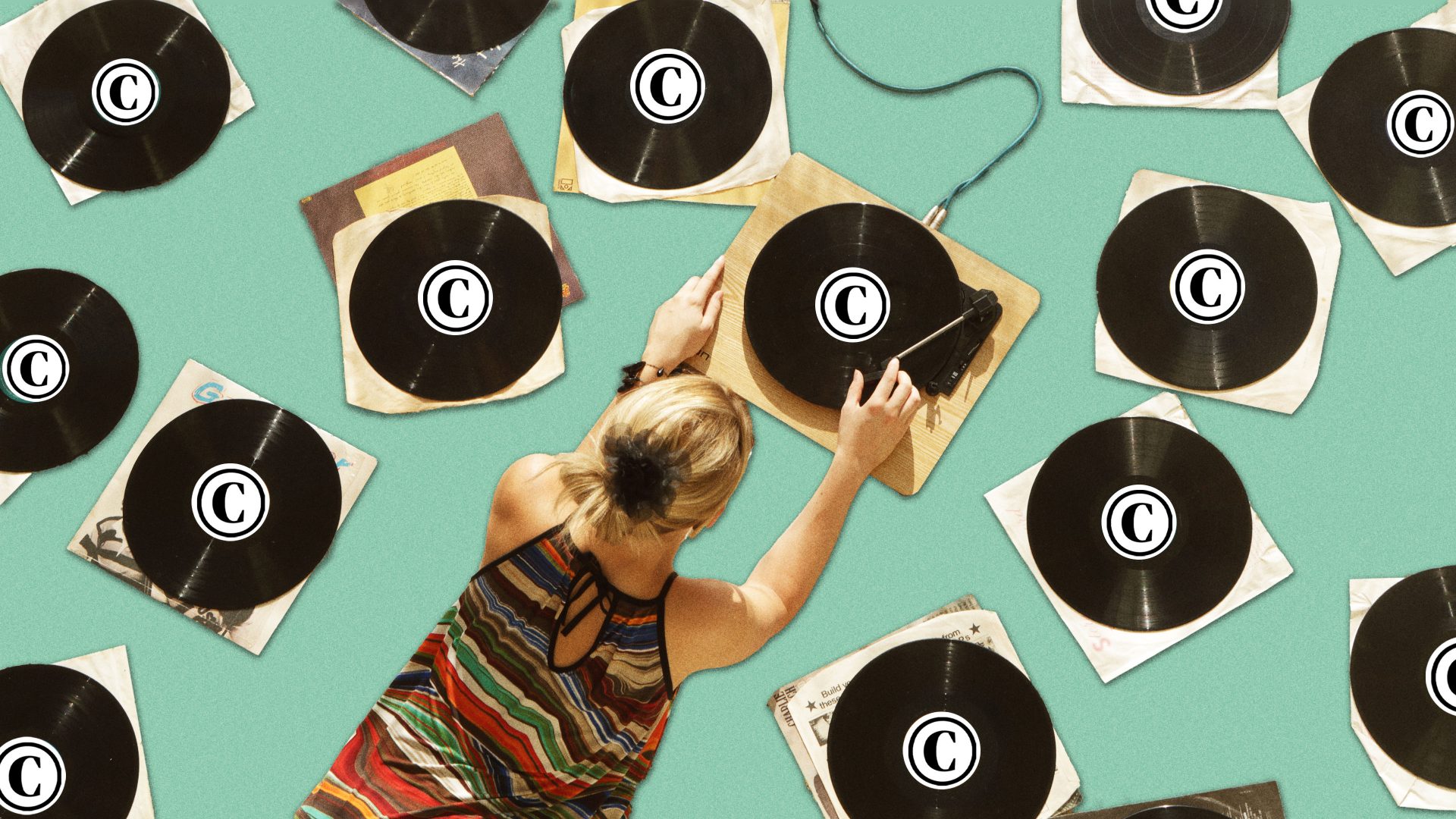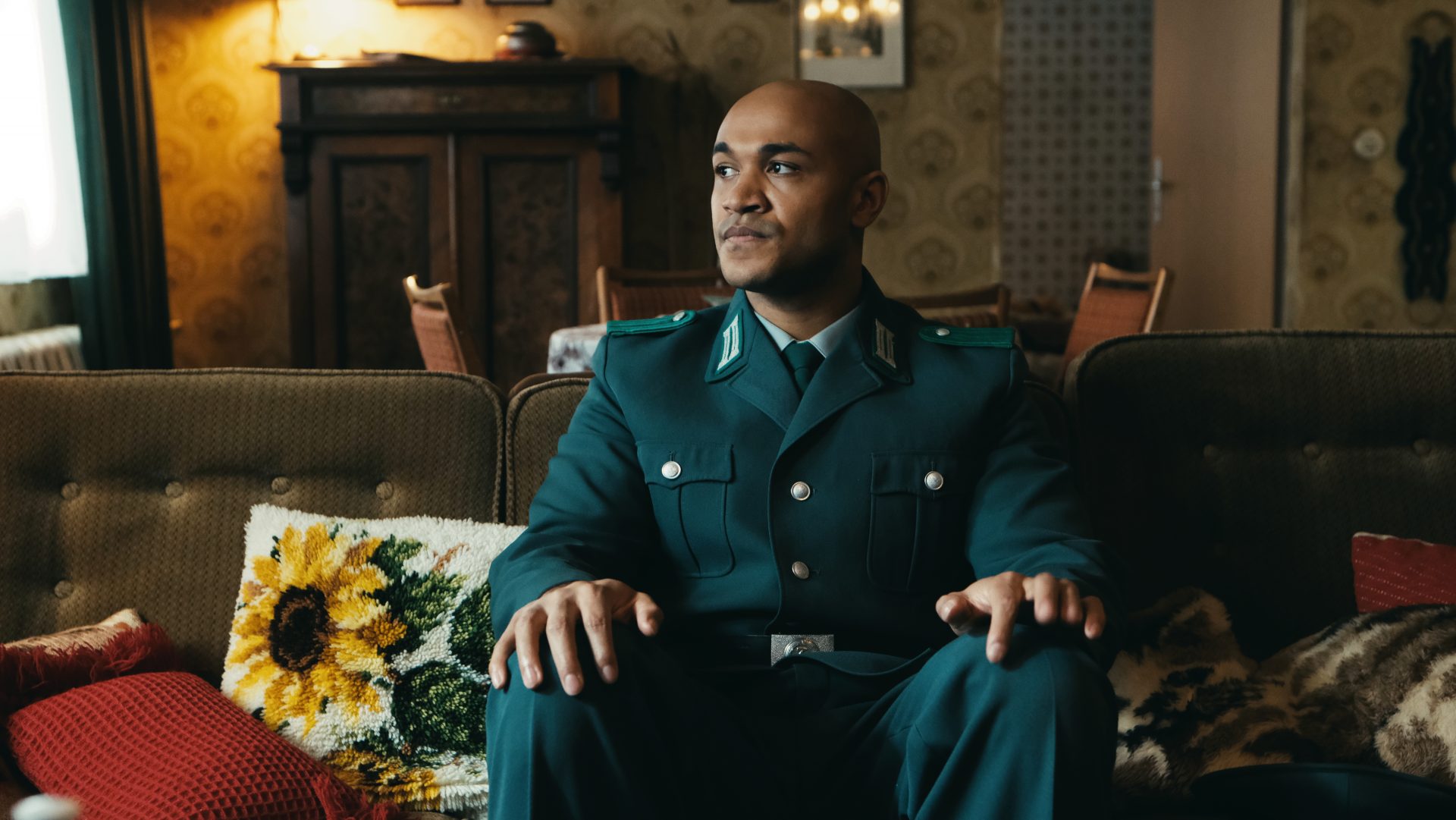As court cases go, it was unusual. Not only were the main characters celebrities, but much of the evidence took the form of music. “A piano, a violin, a trumpet and a phonograph, gave noisy testimony yesterday…” wrote one of the reporters, who watched the remarkable process unfold in a New York courtroom.
The “testimony” in question was a melody played repeatedly for the judge and jury, one whose first first ten notes were known to both jazz aficionados and opera buffs alike. The case, which began in January 1921, concerned an argument between two musicians from profoundly different worlds – on the one hand the composer Giacomo Puccini and on the other, the actor and jazz singer Al Jolson. At the heart of the argument was Jolson’s song “Avalon”.
The thought of Puccini suing Jolson seems almost absurd, so different are their backgrounds and cultural achievements. But listen carefully, and you’ll hear the cause of this litigation. The introductory strains of Jolson’s tune, sung to the words “I found my love in Avalon beside the bay” sound very much like the melody accompanied by the lyrics “O dolci baci, o languide carezze” (oh sweet kisses, oh languid caresses). This line comes from “E Lucevan le Stelle”, the towering aria in the final act of Tosca, sung by the painter Mario Cavaradossi, as he awaits execution.
The federal judge, AN Hand, concluded that the theme was indeed stolen, even though changed from major to minor, and he awarded Puccini’s publishers Ricordi damages of $25,000. The Italian also got future royalties – it’s said that fun-loving Puccini used some of the proceeds to buy a yacht. He’s believed to have quipped that he earned more money from music he didn’t write than from music he did.
Avalon went on to become a hit for many other performers, including Benny Goodman. The song also appeared in Casablanca in 1942 when Ingrid Bergman’s character requests Sam play “some of the old songs”. Shame about the royalties, boys.
The Puccini-Jolson case was unusual at the time – it was an early example of court battles that emerged after 19th-century musicians such as Giuseppe Verdi pushed for copyright protection against piracy.
A century later, courts are even busier than ever in the battle of melodies. The Avalon damages were the equivalent to around £300,000. However, the singer Ed Sheeran has just successfully won a $100m case against accusations that his 2014 song “Thinking Out Loud” contained “stolen” elements from Marvin Gaye’s 1973 classic “Let’s Get It On”. It’s the latest in a series of suits against Sheeran, who last year successfully saw off plagiarism allegations made against “The Shape of You”.
Many others, including the singer Taylor Swift, have faced accusations. Adele’s 2015 song “Million Years Ago” was likened to “Acilara Tutunmak” by the late, exiled Turkish-Kurdish folk singer Ahmet Kaya. Kaya’s widow eventually insisted it was unlikely Adele had heard the 1985 hit by her husband who was famous for writing songs about organised crime and Kurdish rebels, with lyrics such as “Now I’m in trouble, I left my pistol in the bog”.
Musicians say litigation is getting out of hand. When he was exonerated last year, Sheeran said: “We’ve become a culture where a claim is made with the idea that settlement will be cheaper than taking it to court, even if there is no base to the claim… it’s really damaging to the songwriting industry.”
The floodgates really opened after Robin Thicke and Pharrell Williams were ordered by a Los Angeles court in 2015 to pay $5m and ongoing royalties for their questionably themed song “Blurred Lines” over similarities to a song by Marvin Gaye, who got a posthumous songwriting credit.
Peter Oxendale, a leading forensic musicologist and regular expert witness in copyright infringement cases, told me that many people were shocked by that ruling. “There were no two consecutive notes that occurred in the same place and with the same duration in each of the two works… But after that verdict people were saying ‘we might as well have a go – it worked for ‘Blurred Lines’.”
Although the law didn’t change, many people’s perception of it did. “As a consequence of the Blurred Lines verdict, many songwriters and publishers are unsure of where they stand any more,” he said. He now takes on around 500 instructions a year with his son, James, working with him as a full-time forensic musicologist.
This isn’t necessarily about the revenge of “little people” – overlooked, exploited musicians ripped off by famous songwriters. Those alleging similarities with Gaye’s music aren’t his descendants, but companies with partial rights, such as Structured Asset Sales and Bridgeport Music.
Yet Gregory Coleman, the drummer responsible for one of the most sampled breakbeats of all time with his performance in the 1969 recording of “Amen, Brother” by The Winstons’ – got no royalties for his huge contribution to musical culture. He died homeless in 2006.
That wasn’t far off the lot of musicians in the days before intellectual property rights were established. According to the opera director Vivien Hewitt, Rossini sold his popular opera The Barber of Seville for less than the lead soprano received for singing in it.
In fact, many musicians who laid the foundations of western classical music, such as Bach and Handel, reworked and recycled each other’s music almost at will.
In the Oscar-nominated film Tár, the eponymous heroine discusses how Beethoven took from Mozart – Beethoven’s Fifth has significant similarities with parts of Mozart’s 40th. Mozart, in turn, took “strong inspiration” in terms of style, characters, chords and at least one aria from a work called “The Beneficent Dervish”, composed by several musicians in his circle and based on the same source as his own, much more sophisticated and grandiose “The Magic Flute”.
Richard Strauss stole with abandon. Igor Stravinsky borrowed from Russian folk music, may have been “inspired” by Battista Pergolesi in his ballet, “Pulcinella”. Stravinsky is also credited with the famous line: “Lesser artists borrow, great artists steal.”
Centuries-old classical music has also appeared in modern compositions. Bach’s “Air on a G-string” famously forms the opening bars of the Hammond organ line in Procol Harum’s “A Whiter Shade of Pale”. Bach’s Bourrée in E Minor inspired “Blackbird”, by the Beatles.
The mistake that Avalon’s writers made was that Tosca was too new – copyright eventually expires after a few decades. Kylie Minogue had no trouble when her writers, like Beethoven, looked to the 17th-century German composer and organist Pachelbel’s “Canon in D” while writing “I Should Be So Lucky”.
Pete Waterman, Minogue’s former producer – who called Pachelbel the “godfather of pop music” – told BBC Music magazine he most commonly lifted from Wagner, for the ”pathos, string runs and harmonies. But my job is to make sure you don’t spot it.” The strings in the 1985 hit “You Spin Me Round” by Dead or Alive, are “straight off ‘Ride of The Valkyries’,” he said.
*
Today, an army of musicologists nitpick and theorise their way through melodies, harmonies, chords, intervals, rhythms and style. Changes in technology, including beat-making, virtual instruments and AI music, both help and complicate the question of what musicians owe to one another, artistically and financially.
The Puccini-Jolson case was decidedly low-tech: “The phonograph produced the song, the air was played on the piano, the violin repeated the harmony and the trumpet accentuated certain notes which are alleged to have clearly indicated the alleged plagiarism.”
Who knows if Jolson and the other writers of “Avalon” had heard Tosca, liked the plaintive aria and decided nobody would notice if he pinched it for a jazz song? Were they unconsciously influenced? Or was it a complete coincidence?
Accidental copying is no surprise, given the limited number of notes, chords and chord sequences. In blues, rock, soul and many other musical forms, the 1-4-5 chord progression is ubiquitous. Western music only has 12 notes (the number of semitones in an octave) – and these have been used to create everything from Handel’s “Messiah” to Miley Cyrus’s “Wrecking Ball”. Even 100 years ago, musicians worried that all plausible combinations of these notes would run out, and this sense of alarm led to, among other things, Arnold Schoenberg’s “12-tone” music, which aimed to widen possibilities.
Adrian Bawtree, a composer, organist and director of music at Rochester Cathedral, demonstrates the problems by singing one of his own pieces down the phone. The melody sounds vaguely familiar.
“That was my tune. I did it with a choir,” he said. “Nobody said anything – then I realised I had inadvertently written the theme tune to ET.”
“It’s very easy to do. I remember sitting down with a friend who played two magnificent chord progressions – then we realised it was a Michael Jackson chorus.”
Once you realise the mistake, it often only takes small modifications to create an original piece. But Bawtree says, the opportunity for truly innovative music has diminished, as so much has already been tried. “I think music has kind of reached its finite language – it’s gone through all sorts of harmony and proportion, then you get Schoenberg’s serial techniques, 20th-century minimalism and crashing china into walls and calling it music. There has even been silence,” he said, a reference to the composer John Cage.
Some musicians now take precautions when writing, to demonstrate the originality of their work. Sheeran says he now films every songwriting session he’s involved in. Others are crediting potential litigants right at the start, even if there’s no plausible compositional link – as Taylor Swift did with the band Right Said Fred after she noticed amusing similarities between one of her songs and the novelty release “I’m Too Sexy”.
But Jolson and his fellow writers took no such precautions. And when Leon Laski, representing the American singer, said that “the passages… could not be considered original because they had appeared in melodies as far back as the 13th century,” he failed to convince the judge.
But Laski had a point. “Music travels, music is relentlessly mobile, especially nowadays,” Vivien Hewitt, author of several books on opera, including The Land of Puccini, told me. “There’s no such thing as a new song.” She points to a whistle found in a 45,000-year-old cave which is capable of playing little else other than the Star Spangled Banner, itself an early Scottish song that made it to the United States “and became popular during the siege of 1812.”
Ironically, given his successful plagiarism suit against Jolson, Puccini was a great listener and observer, and mined musical history for his own ends. “Puccini borrowed everywhere, shamelessly,” says Hewitt. He made plentiful use of folk tunes, including Chinese and Japanese melodies in “Madame Butterfly” and his final opera, “Turandot” – recently revived at the Royal Opera – was strongly influenced by music boxes brought to Europe by traders from the far east. Some of the melodies appear to have been lifted directly.
“But there’s an extraordinary work of transformation because he is an orchestrator and what he did know how to do was to take and improve,” she added. “For example, in Tosca at the beginning of the Te Deum, he borrows the bells of the church of Bargecchia. It’s not that exciting. But when you have Scarpia singing one note for ages with those bells going on it becomes extremely dramatic.”
But Puccini and his publishers were vigilant in protecting his work – sometimes excessively so. They had to withdraw claims against the Neapolitan composer Cesare Andrea Bixio for allegedly “borrowing” the opening of Nessun Dorma, the famous aria in “Turandot”, after it turned out Bixio had composed his melody first.
Representatives of the Puccini estate also went after Andrew Lloyd Webber, a Puccini fan. Faced with claims that he’d pinched from “Quello che tacete”, an aria in Puccini’s lesser-known Fanciulla del West for Phantom of the Opera, Lloyd Webber settled.
But, as Hewitt pointed out, Puccini used local sounds for authenticity in his operas, and from the US he adapted styles including jazz. Fanciulla was no exception. In fact, Hewitt, told me, the piece Lloyd Webber was accused of copying from Puccini, Puccini had in fact lifted from another song called “Old Dog Tray”, which was written by Stephen Forster in 1851.
Was Puccini not sued? “No!” Hewitt exclaimed. “Nobody even complained.”




